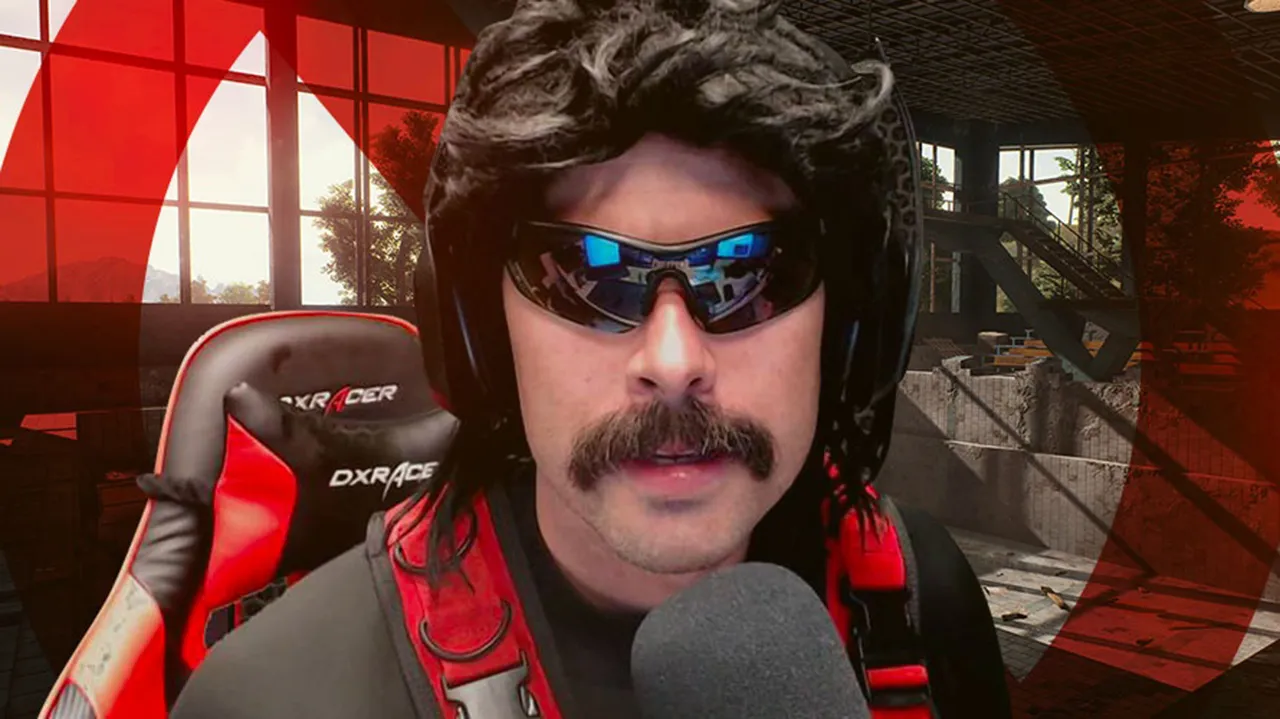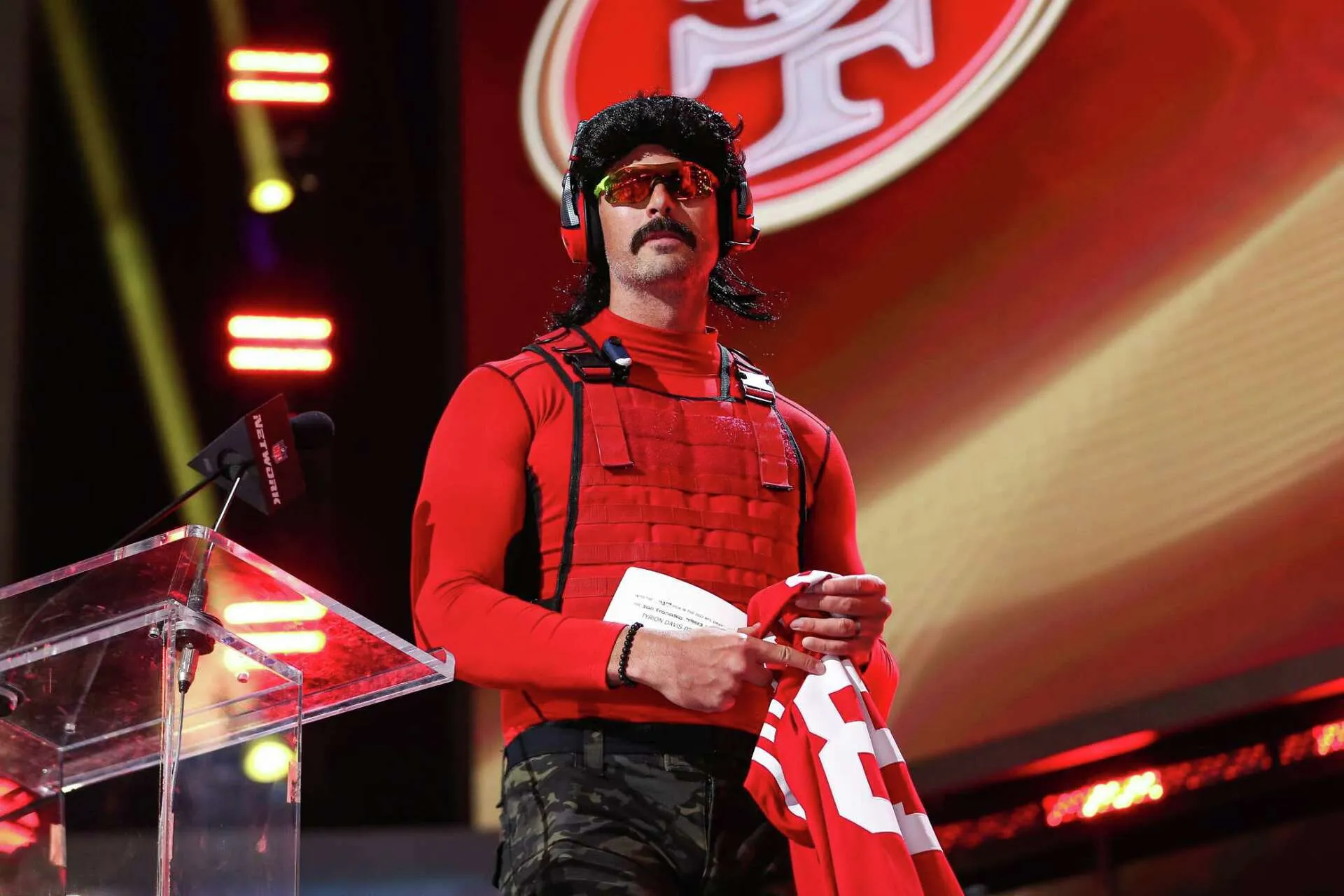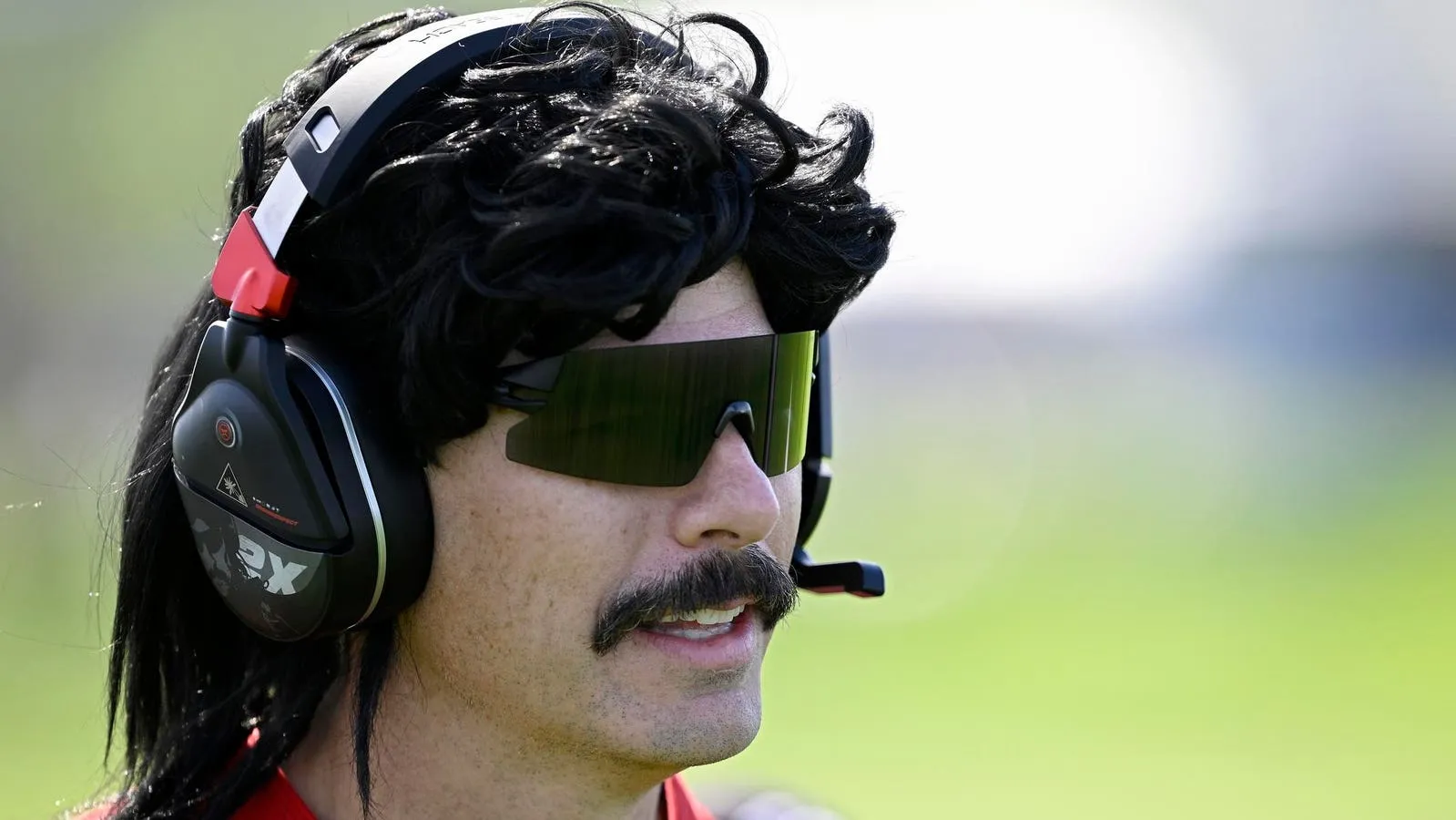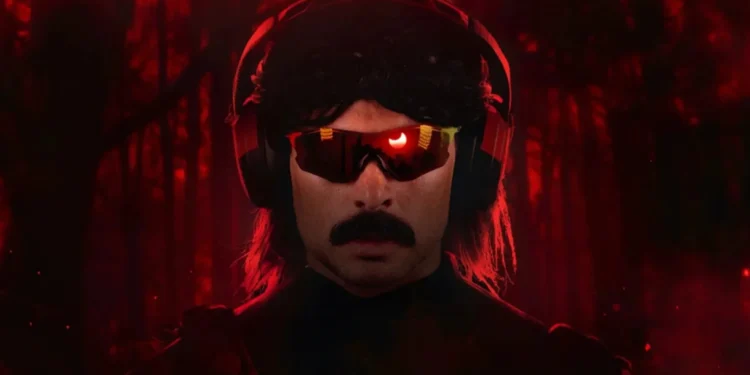Dr Disrespect is no stranger to the spotlight, often courting controversy with his brash and unabashedly bold persona. Known for his signature style featuring a mullet, sunglasses, and a mustache, Beahm’s Dr Disrespect character has captivated millions with his over-the-top antics and aggressive gameplay commentary. However, his career has been a rollercoaster of highs and lows, marked by sudden bans and unexpected comebacks.
In 2024, the streamer faced a significant career setback when allegations surfaced involving inappropriate communications with a minor in 2017. Dr Disrespect was quick to respond, denying any illegal activity while admitting the interaction was inappropriate. This incident led to his suspension from the YouTube partner program, cutting off a significant revenue stream.
Despite these challenges, Dr Disrespect remained a prominent figure in the gaming community, boasting 4.5 million subscribers on YouTube. His statement on a recent stream, “we’ve got our YouTube monetisation back,” was met with a mix of support from fans and skepticism from critics. YouTube, in a statement to BBC Newsbeat, confirmed the reinstatement, noting it came “after careful review of the channel’s recent activity” and warning that any further violations would result in “appropriate action.”

The Closure of Midnight Society and the Broader Gaming Industry Context
Adding to the complexity of Dr Disrespect’s narrative is the closure of Midnight Society, the gaming studio he co-founded. The studio, which had been developing the shooter game ‘Deadrop’, cited economic challenges and internal issues as reasons for its shutdown. This closure is reflective of broader struggles within the gaming industry, with notable companies like Ubisoft and Bioware also announcing significant cuts.
Midnight Society’s journey was ambitious from the start, marked by its innovative but controversial decision to fund ‘Deadrop’ through the sale of NFTs. However, with the studio’s recent announcement of its inability to “reach our ultimate goal,” backers and the gaming community alike are left questioning the viability of NFTs in mainstream game development and the financial stability of similar ventures.

As Dr Disrespect resumes monetization on YouTube and explores new ventures like his recent agreement to lead the gaming division at Rumble, questions linger about the sustainability of his public persona and business decisions in the long term. The gaming community remains divided, with some expressing staunch support for the charismatic figure, while others are wary of the implications of his past actions.

The industry is at a crossroads, with economic pressures and ethical considerations shaping its future. As Dr Disrespect and other influencers navigate this complex landscape, their moves are closely watched by fans and critics alike, serving as a barometer for the evolving norms and expectations of the digital entertainment world.
In conclusion, Dr Disrespect’s story is a testament to the unpredictable nature of internet fame and the complexities of managing a public life amidst personal and professional turmoil. It serves as a case study in resilience and adaptability, albeit not without its share of lessons and losses.










